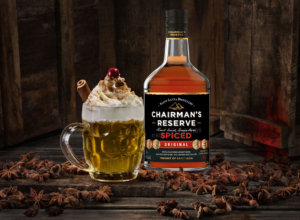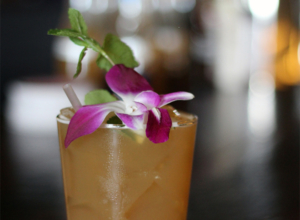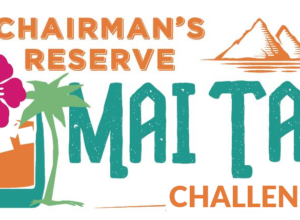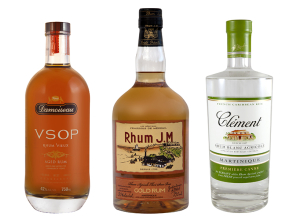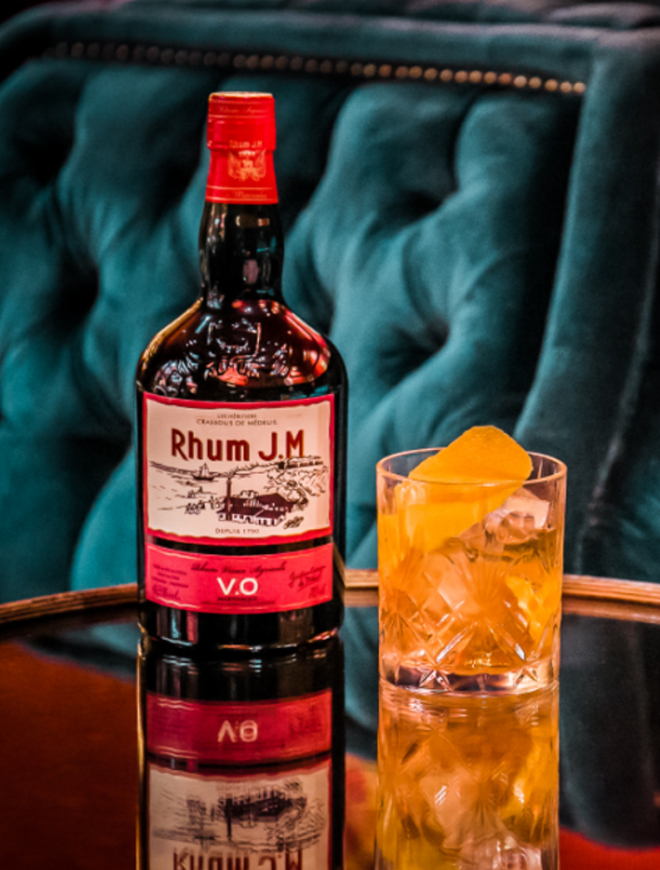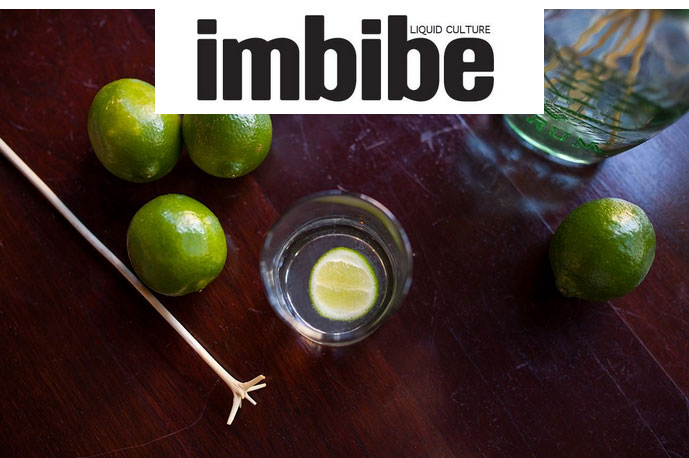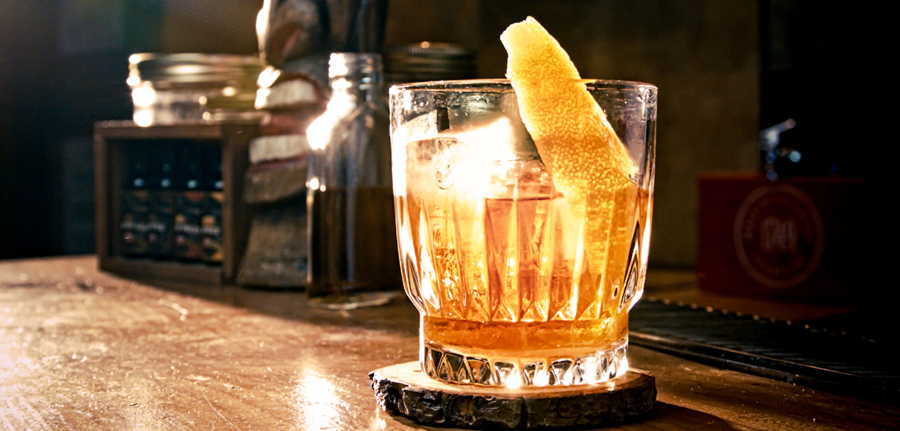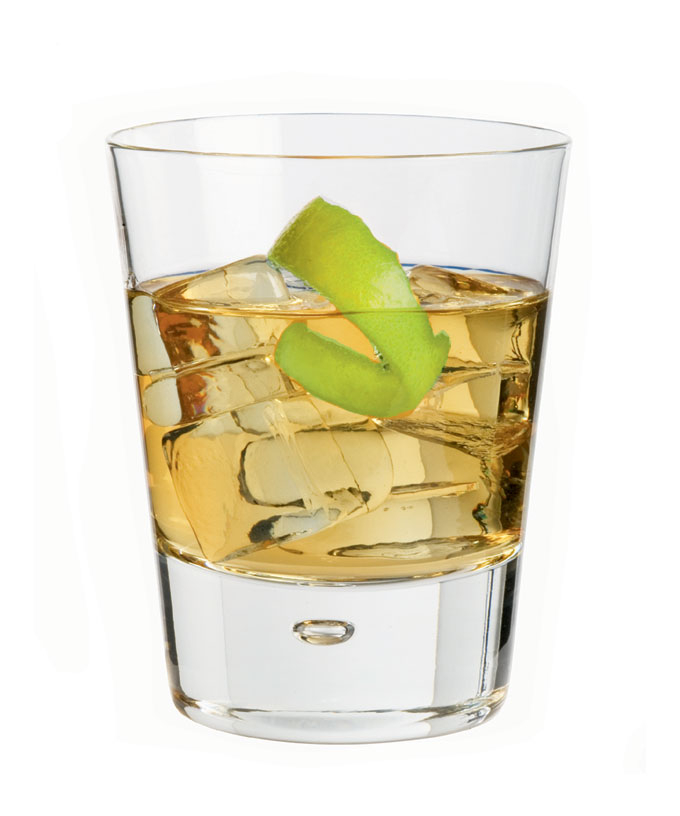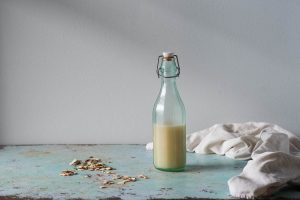
Orgeat is a cocktail ingredient that perplexes. For starters, it’s mispronounced more often than many of us care to admit: or-GEE-at, rather than the correct, French-inflected or-ZHAT.
In the cocktail world, orgeat is considered to be in the pantheon of “classic” mixers. Yet how many cocktails actually call for the syrup?
So is orgeat a classic, an essential, or is it just obscure? The answer boils down to answering this: Do you appreciate a good Mai Tai? If that answer is yes (and it should be) then orgeat should be in your fridge. If your answer is no, perhaps you should try a different bartender’s rendition of the Mai Tai. As Jeff “Beachbum” Berry says, “Without orgeat’s almond note, the Mai Tai is basically just a rum margarita.”
It’s curious how certain ingredients hang around for decades based on a single quirky, historic cocktail. That bottle of Galliano you often see on a back bar, for instance, is a relic of the fern bar era, when the Harvey Wallbanger reigned.
So what is orgeat? It’s usually described as an almond syrup, but it just as easily could be described as a rose-water-and-orange-blossom-water syrup, since those are important components to the flavor as well. It’s used in place of simple syrup, the same way grenadine or a sweet liqueur is used in certain drinks, to give depth of flavor and texture. These days, many bartenders make orgeat variations that use pistachio, macadamia, hazelnuts, and other nuts.
While the homemade recipe below works very well, there are also orgeats from commercial brands such as Fee Brothers and Torani, and smaller labels like Small Hand Foods, which makes a very fine version. Beachbum Berry’s Latitude 29 orgeat, created by the world’s pre-eminent tiki scholar, is excellent as well.
Contrary to common wisdom, orgeat was not invented by Trader Vic during the mid-20th century tiki craze. Orgeat predates Prohibition, by a long stretch. Cocktail historian David Wondrich dates orgeat to the mid-19th century.
In his book Imbibe, Wondrich writes of orgeat’s role in one of the most popular — and important — pre-Prohibition concoctions, the brandy-based Japanese cocktail. Before about 1860, the only acceptable additions to spirits were a pinch of sugar, a bit of lemon peel, and a dash or two of bitters, absinthe, maraschino, or curacao. The Japanese cocktail, says Wondrich, is “one of the very first ‘evolved’ cocktails on record, where the additional ingredients are more than a dash.” (The Japanese cocktail, by the way, did not come from Japan and has no actual Japanese ingredients. The original mix of cognac, bitters, and orgeat was so named in June 1860 to commemorate the first Japanese diplomatic mission to the United States.).
Rum lovers could easily replace the brandy with rum in a Japanese cocktail, which is lovely. But the finest expression of rum and orgeat remains the Mai Tai, invented in the 1930s by Don the Beachcomber.
The recipe below is one that a home bartender could easily make, but we’ll be excited to see what bartenders around the world come up with during the upcoming Chairman’s Reserve Mai Tai Challenge.
Orgeat Syrup
3 oz. blanched almonds, coursely chopped
1 oz. almond meal (or almond flour)
2¾ cups plus 1 tablespoon natural raw sugar
4 cups water
3 drops rose water
4 drops orange flower water
¼ teaspoon almond extract
In a large saucepan over high heat, combine the almonds, almond meal (or almond flour), ½ cup plus 1 tablespoon of the sugar, and the water. Bring to a boil, then remove from the heat. Cover, cool to room temperature, and let sit overnight in the refrigerator.
Strain the liquid through a cheesecloth-lined fine-mesh strainer into a separate large saucepan over medium heat. Add the remaining 2 ¼ cups of sugar, stirring until the sugar has dissolved. Bring to a slow, rolling boil, then decrease the heat to medium-low and simmer for 5 minutes.
Remove from the heat; let cool to room temperature, then stir in the rose water, orange flower water, and almond extract. Use a funnel to transfer the syrup to a bottle with a tight-fitting lid. Refrigerate for up to 1 month.
Makes 2½ cups.
Adapted from Rick Stutz, who blogs at www.kaiserpenguin.com.

